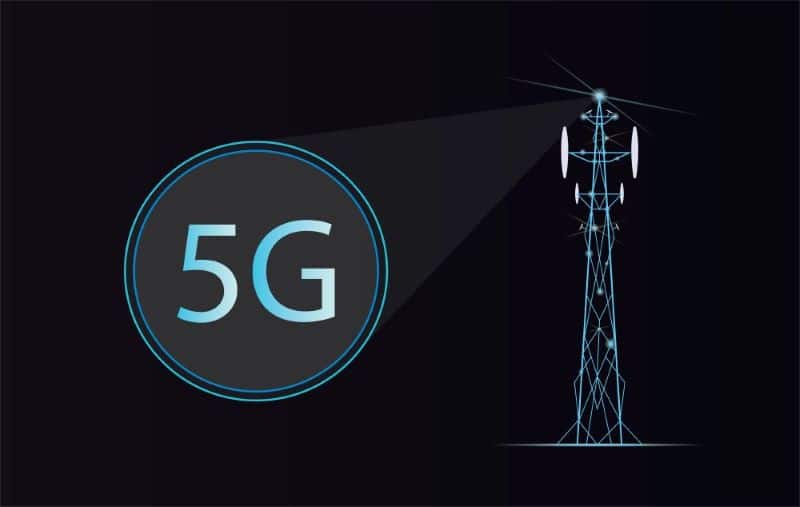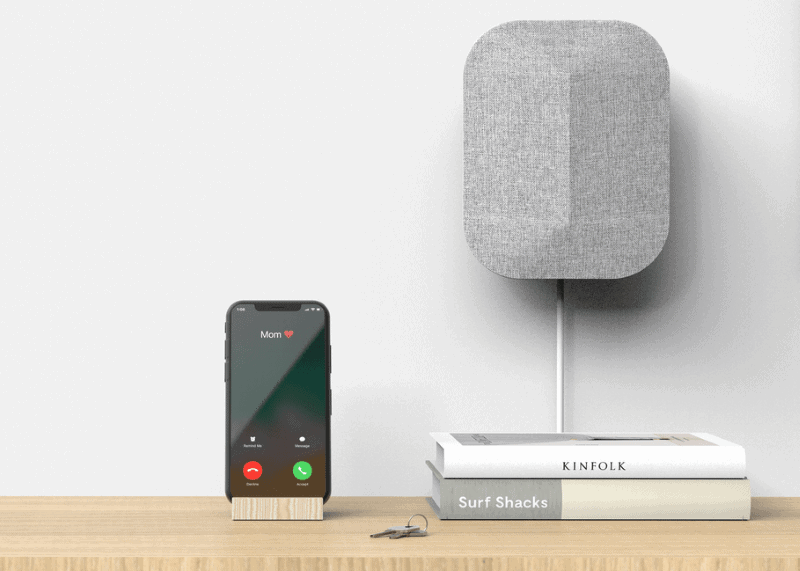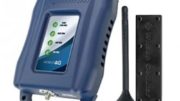This article is reprinted with permission from the weBoost Blog.
Technology has come a long way in terms of how we use the web. What was once confined to a desktop computer and dial-up connection, is now available in the palm of our hands. Whether we’re browsing the web on a tablet, video chatting with a colleague on our phones, or downloading an important report, fast networks are crucial to ensuring a reliable, enjoyable online experience.
These days, it’s not just our mobile devices that use these networks. With the explosion of the Internet of Things (IoT), more devices are using the same networks that our smartphones and tablets use, including:
- Smart appliances, such as refrigerators and thermostats
- Smartwatches
- Internet-connected vehicles
As all of these devices consume more data, they use increasingly more bandwidth. From 2010 to 2020, mobile data grew by a factor of 200. By 2030, it’s predicted to grow by a factor of 20,000.
To accommodate this explosive data growth, carriers are going to have to scale their cellular networks for billions of new devices. Here’s a closer look at the millimeter wave spectrum and how carriers are working to expand 5G infrastructure.
Limitations in Bandwidth
All mobile network activity travels over radio wave frequencies. As devices are added to the mix and more people use them more frequently, these frequencies are pressured.
You can think of these frequencies as roads and the data that’s transmitted across them as vehicles. When there are plenty of roads, the data moves quickly. But when more cars are added to the same limited roads, we get traffic jams and everything slows down.
It’s not just cellular networks that use these frequencies — everything from microwaves to WiFi routers to drones occupy some “road” on the radio wave spectrum. Right now, most of these devices exist in the 3 GHz to 6 GHz range, but these frequencies are filling up fast. As more devices come online, all that data is going to need more room to run.
That’s where the millimeter wave spectrum comes into play.
A Closer Look at the Millimeter Wave Spectrum

Millimeter waves — often referred to as mmWaves or high-band 5G — are frequencies starting at 24 GHz and beyond. As radio waves increase in frequency, each wave narrows in length. Because of its high frequencies, mmWave has a limited range of only 300 to 500 feet and struggles to penetrate buildings. By contrast, 3G and 4G networks are able to travel further and better penetrate building materials.
Until recently, millimeter waves were only used by satellite and radar systems, usually operated by the military and aerospace industry. But as data consumption has exploded, the industry saw the need — and opportunity — to use millimeter waves for next-generation mobile networks.
The Possibilities
Millimeter waves allow for the possibility of 5G networks that provide vastly improved speed and reliability. Data traveling over mobile networks at incredible speed with imperceptible latency could be the norm, paving the way for innovations in mobile data applications.
5G networks utilizing mmWave could open the doors to a variety of data-heavy applications. It can provide adequate bandwidth for the growth of internet-connected devices and can open the door for other applications such as:
- Autonomous vehicles
- Telemedicine
- Traffic management
- Education
Likewise, mmWave could open up possibilities of augmented and virtual reality technology, which could be the future of how we interact with the web.
The Problems
While carriers continue promising a bright future for 5G, usage of millimeter waves for mobile networks was considered impractical because of their limitations.
For starters, millimeter waves have high atmospheric attenuation. This means that the waves are easily absorbed by gasses in the atmosphere, including rain. This severely limits their range, even over short distances. To make matters worse, they only move in line-of-sight paths, meaning buildings, trees, and even foliage can impede them.
While these pose serious challenges for using millimeter waves for cellular connectivity, new antenna technologies and novel approaches have emerged to help deliver on the promise of mmWave 5G.
Millimeter Waves in Cellular Networks

Because of the limitations, mmWave in cellular networks will only cover outdoor and indoor environments — but not both together. In other words, an antenna broadcasting millimeter waves placed outdoors won’t penetrate homes and buildings to provide 5G connectivity to the users inside. Likewise, for people connected to an indoor antenna, mmWave connectivity is lost if they walk outside.
Because of this, 5G deployments utilizing mmWave will need to coexist with other 5G deployments below the threshold of mmWave frequencies. Moreover, they’ll need to integrate with other cellular network technologies, such as 4G LTE, so that connectivity is seamless.
Due to its limited range, it’s likely that 5G technologies on mmWave won’t replace 4G anytime soon. That said, there are other methods for delivering mmWave 5G to larger metropolitan areas.
Small Cell Networks
A typical cell phone tower used for 4G networks is called a macrocell. These towers are designed to produce high-powered signals over long ranges. Because of this, they simply aren’t equipped for 5G mmWave signals.
Instead, carriers utilize what’s known as small cells for 5G coverage. These smaller, low-power cells provide a focused signal on mmWave frequencies. But because of the drawbacks of mmWave technology, they’re deployed in small cell networks — sometimes in clusters of hundreds or more — to provide adequate 5G signals to an area.
The downside is carriers must deploy a huge number — sometimes thousands — of these small cells to cover larger areas. Even then, there are still issues with building penetration. But as technology progresses, we’ll likely see more small cell networks being used, at least in larger metropolitan areas.
Bridging the Gap With Signal Boosters

Signal boosters are increasingly considered to be an integral part of mmWave and 5G cellular network deployment. Boosters have long been a blessing for locations with inadequate cellular signals. Signal boosters work by pulling in outside cell signal inside a building or vehicle, amplifying it, and broadcasting the boosted signal to cellular-connected devices.
Given mmWave’s problems with attenuation and being rendered useless by even the simplest structures, it’s easy to imagine a future where 5G networks are complemented by — if not dependent on — 5G signal boosters.
Building entire cell sites or small cell networks is necessary for some situations. But there will be countless other instances where signal boosters can help bridge the gap between the incredible speed that mmWave offers and its limitations.
weBoost Can Help Strengthen Your 5G Coverage

Access to 5G coverage opens up a world of possibilities, and this technology will continue to evolve in the years to come. At weBoost, we offer products to help you get the best data and cell connections wherever you are. All weBoost signal booster kits are compatible with 5G. Our products work with the most common 5G network available, low-band 5G.
We’re working hard to provide boosters and amplifier solutions that work with modern 5G networks as well as all modern 4G networks. With boosters that work across a range of technologies and all U.S. carriers, we can help deliver on the promise of 5G connectivity.
Shop our full product lineup of cell signal boosters for home, vehicles, and small businesses.





